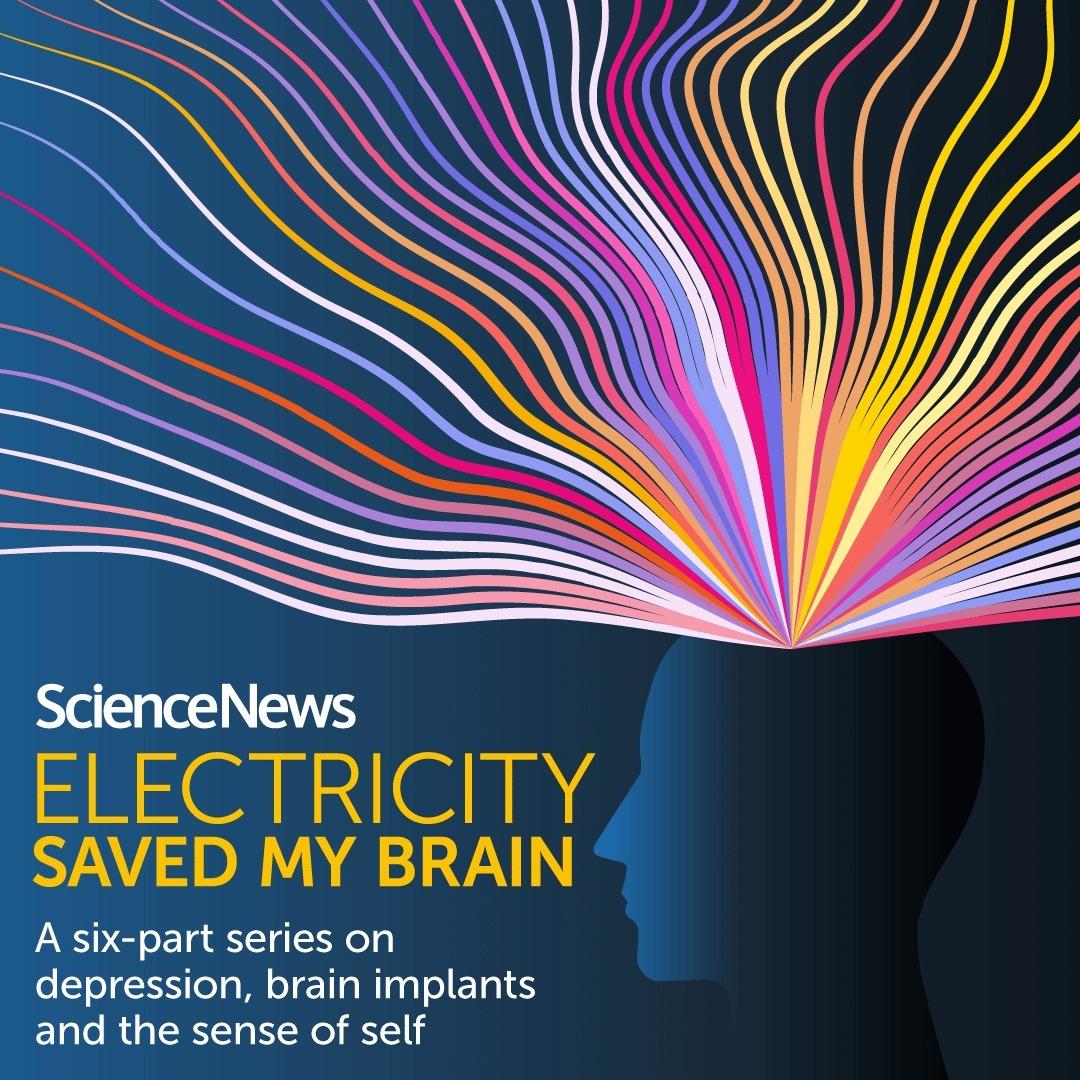Scientists can see chronic pain in the brain with new clarity. Over months, electrodes implanted in the brains of four people picked up specific signs of their persistent pain. Chronic pain is incredibly common, but also incredibly complex and thus difficult to treat. Stimulating the brian with electricity is one common treatment approach. In this study, implanted electrodes (red dots in the images above) in the orbitofrontal cortex (shown in yellow) and anterior cingulate cortex (shown in blue) monitored brain signals of people with chronic pain. Using sophisticated machine learning approaches, researchers then linked each person’s pain ratings to their brain activity patterns, ultimately landing on a signature of each person’s chronic pain. In many ways, the patterns were unique to each person, but there was overlap: Brain activity in the OFC, an area at the front of the brain just behind the eyes, tracked with people’s chronic pain levels. Brain activity in the OFC could represent a solid biomarker of chronic pain, a signal that could both help doctors track treatment responses and serve as new targets for treatment, says neuroscientist Chelsea Kaplan.
(: P. Shirvalkar)
#science #neuroscience #chronicpain #medicine #electrode #brain #brainimplant
(: P. Shirvalkar)
#science #neuroscience #chronicpain #medicine #electrode #brain #brainimplant
Scientists can see chronic pain in the brain with new clarity. Over months, electrodes implanted in the brains of four people picked up specific signs of their persistent pain. Chronic pain is incredibly common, but also incredibly complex and thus difficult to treat. Stimulating the brian with electricity is one common treatment approach. In this study, implanted electrodes (red dots in the images above) in the orbitofrontal cortex (shown in yellow) and anterior cingulate cortex (shown in blue) monitored brain signals of people with chronic pain. Using sophisticated machine learning approaches, researchers then linked each person’s pain ratings to their brain activity patterns, ultimately landing on a signature of each person’s chronic pain. In many ways, the patterns were unique to each person, but there was overlap: Brain activity in the OFC, an area at the front of the brain just behind the eyes, tracked with people’s chronic pain levels. Brain activity in the OFC could represent a solid biomarker of chronic pain, a signal that could both help doctors track treatment responses and serve as new targets for treatment, says neuroscientist Chelsea Kaplan.
(📸: P. Shirvalkar)
#science #neuroscience #chronicpain #medicine #electrode #brain #brainimplant
·1463 Views
